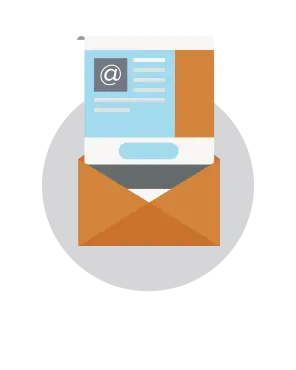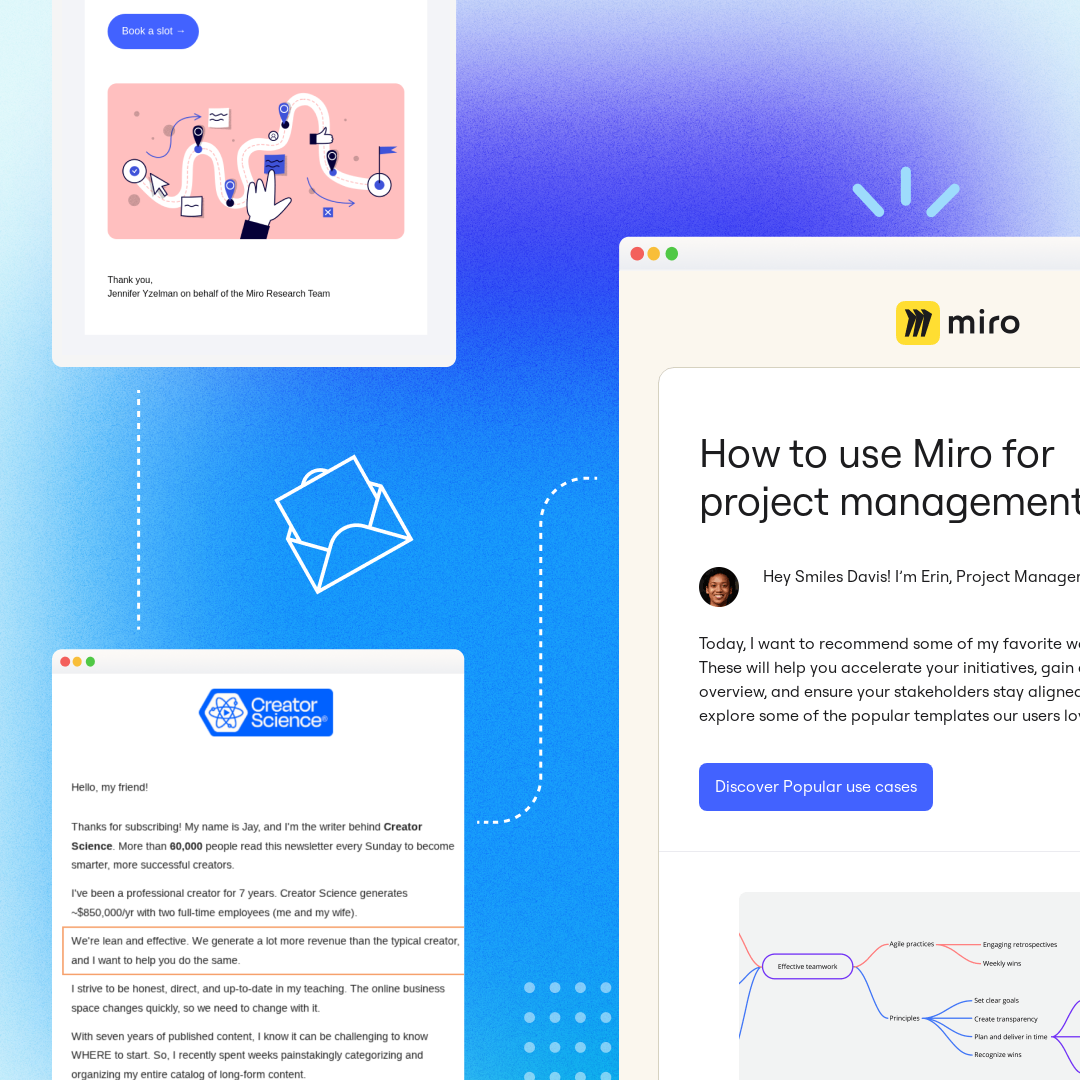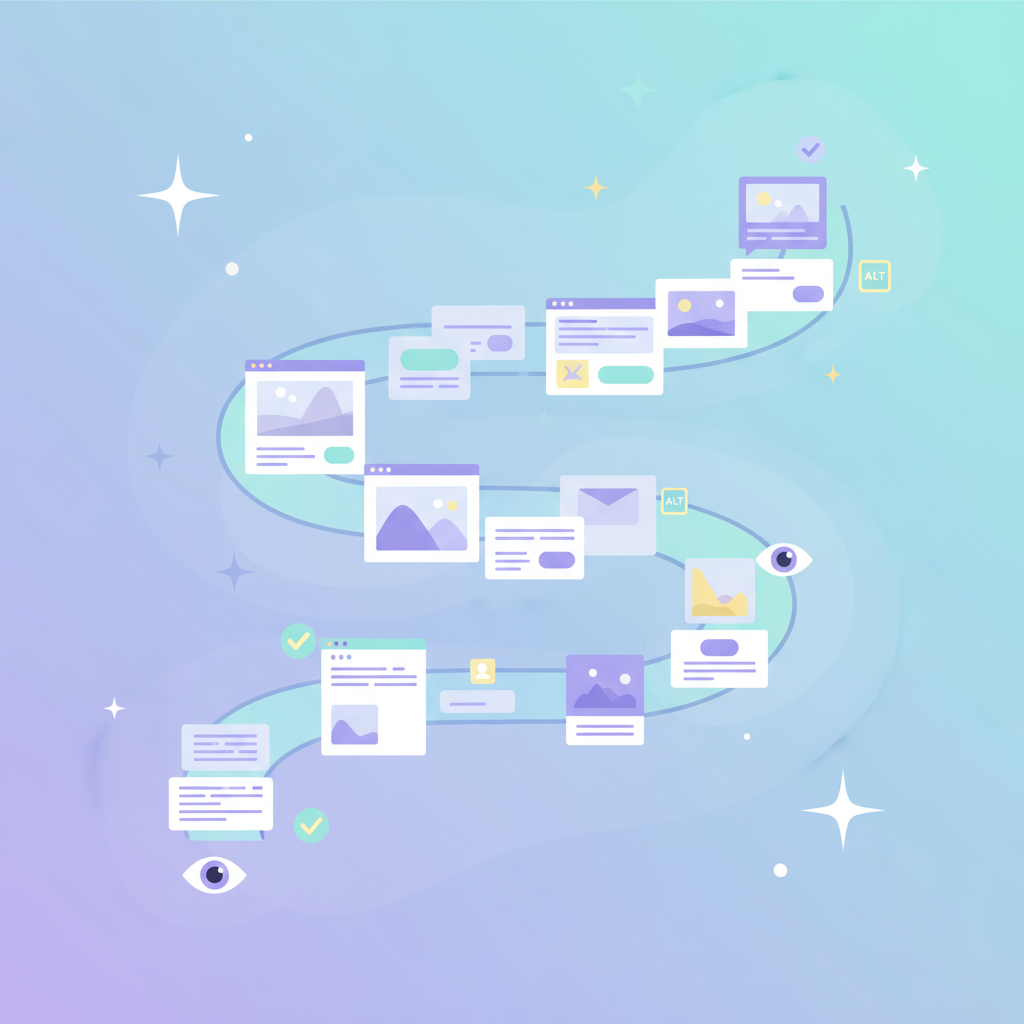
Countdown email timers are one of the most effective ways to add urgency to your message. And it's no wonder:whenreaders open an email with a timer, they instantly see a ticking clock with seconds slipping away in real time. It's a powerful tool. Countdown timers can be implemented in multiple ways in your email campaigns. Read on to get inspired by this roundup of great timers, and start planning your own.
Why use countdown timers in email?
High quality photography, illustration, GIFs, and other elements of good email design show readers the sophistication and cohesion of your visual brand identity.Countdown timers are anothertool in your visual storytelling toolbox that can delight readers and reinforce your brand.Countdown email timers:
- Create urgency
- Call readers to act (now!)
- Catch attention through movement
Like animated GIFs, we see countdown email timers pop up in email campaigns occasionally. Marketers understand their power.Overusecan lead todiminished engagement. But they're an incredible way to call attention to special emails when it's time to really compel readers to act. Here's how top brands are using countdown timers in email.
How to use countdown email timers
1. Encourage event registration
People notoriously wait until the last minute to RSVP. Including a countdown for the close of registration is a great way to motivate readers to finally make a move and sign up. That's what Skillcrush does in this class registration email:

The timer, by Motion Mail app, shows readers they only have a few hours left to sign up. Motion Mail allows you to customize the style of your timer. This one includes a data visualization: the circular graphs around each number correspond with the time left. It's clever and clean looking. Skillcrush also matched the timer to its brand pink color, so it fits in perfectly with its aesthetic and with this email.

We love that the rest of the email is plain text and includes a bulletproof CTA button.The timer does the visual legwork of catching attention and creating urgency, while the body of the email supports the CTA and leads to the button that prominently stands out. It's a great use of the timer at the top of the inverted pyramid structure of this email.
2. Promote the end of a sale
Ecommerce brands can capitalize on countdown timers to make a final push for the end of big sales. The tactic can beespecially useful around the holidays, whenthere are often in-time delivery deadlines andone-day special events like Black Friday. Here's an example from J. Crew:

The font and color of the timer matches the email perfectly, and the text following the timer completes the message. Readers don't even need to scroll to understand themessage—and its urgency.Recently, Macy's also sent a "last chance" timer email for a special sale. The email isn't as well designed as J. Crew's, but with a compellingsubject line (This is it: last chance for extra 25% off! Shop to it!) and attention-grabbing timer, we're sure this message got clicks.

3. Drum up donations
Email timers are a great wayto let readers know you're closing in on their last chance to support your event, campaign, or organization. Making a last call for donations might be the push some readers need to open their wallets.That's what presidential nominee candidate Ted Cruz is hoping with this flashy mid-email timer:

The timer is also accompanied by two flashing animated GIFs in the header before it, emphasizing the urgency and adding another element of movement to the email:

Here's the email in full:

4. Incite action
You may want to encourage readers to entera contest, sign a petition, register for a free offer, or nearly any other call to action with an impendingdeadline. Timers can be paired with these CTAs to underscore the limited window to act. The Environmental Working Group (ewg) recently sent this message with the subject line:URGENT: DARK Act vote TOMORROW.Tapping on aCTA button takesyou to a page where you can fill out a form to contact a government representative.

The design of the timer matches well with the nature of the email—it's a bit dark and ominous. It's a good choice for the serious nature of the message.

5. Remind readers to tune in
If you're hosting a Twitter chat, airing a program on TV or radio, holding a livestream, or otherwise counting down to a free digital event, using a timer lets you remind readers to tune in. That's what Nickelodeon sought to do with this Halo Awards reminder email:

And it's also what xfinity did in an email campaign leading up to the 2014 Olympics:

Even though readers don't need to take an action in the email itself (they don't have to tap a button to sign up, for example), the countdowns are a more engaging, dynamic reminder than a static email. Perhaps this caught the attention of more readers and caused them to look at the time, check their schedules, and make a mental note of when to tune in.
Wrap Up
Countdown email timers can be used in nearly any kind of marketing campaign. But they should be used sparingly. Most marketers reserve the timer for the final push (in the last24 hours)and don't use them for each promotion or campaign. Pack a punch with your timer by positioningit at the top of your email, giving it room to breathe with some padding, pairing it with a CTA button, and choosing a look and feel that aligns with your email and brand.Follow up with us on this Friday as we show you how to add a countdown timer to your email design in the BEE editorby using our new HTML block feature. It's easy!



